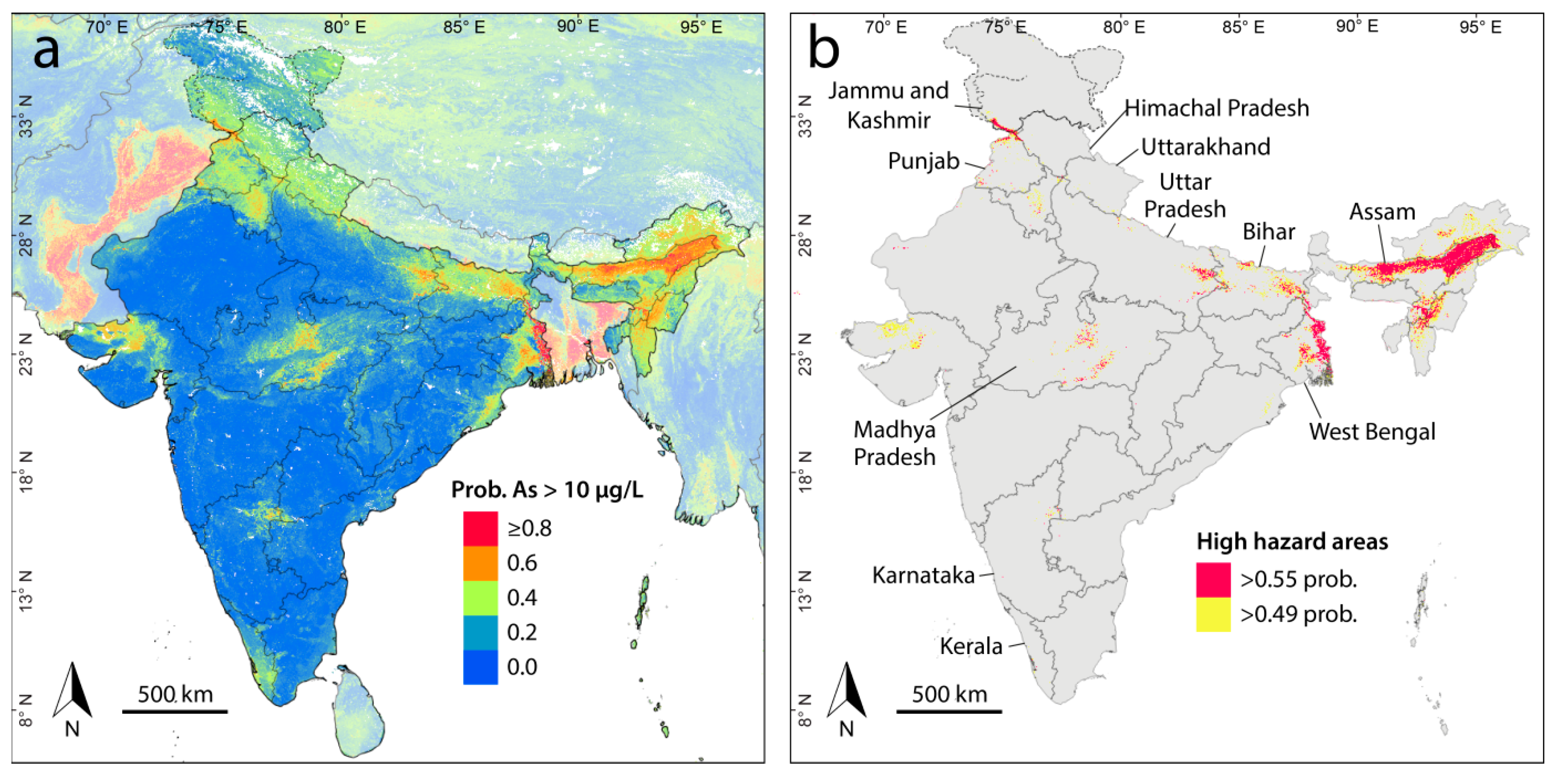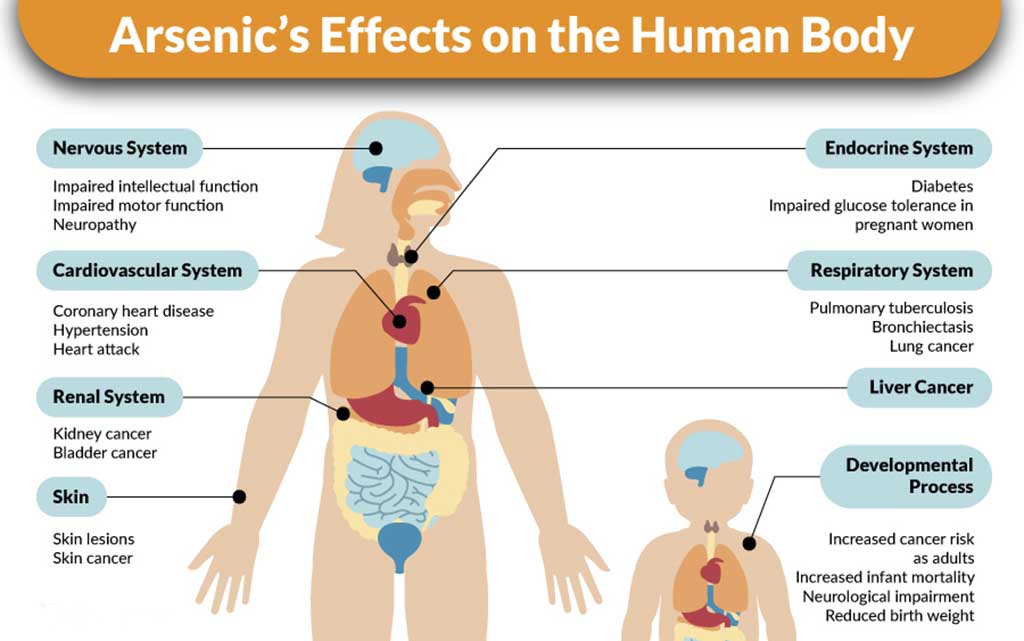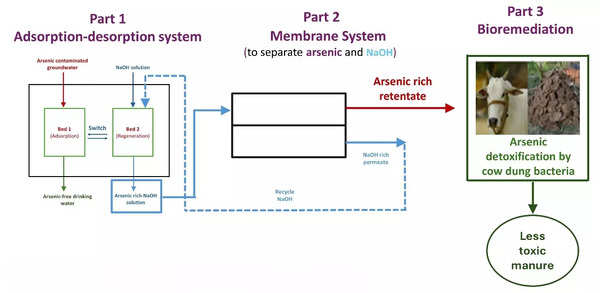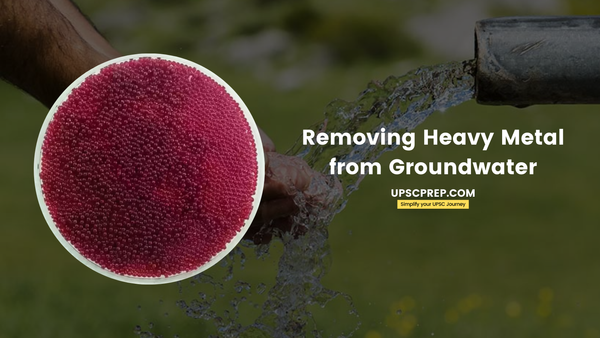Table of contents
Understanding the Novel Remediation Process for Removing Heavy Metal Contaminants from Groundwater
The recent development by the Indian Institute of Science (IISc) researchers addresses a critical environmental and public health issue: the contamination of groundwater by heavy metals such as arsenic.
Let's break down the key aspects of this novel remediation process and its significance.
The Problem of Heavy Metal Contamination
- Arsenic Contamination: According to reports, 113 districts in 21 states in India have arsenic levels above 0.01 mg per litre, which exceeds the permissible limits set by the Bureau of Indian Standards (BIS) and the World Health Organization (WHO).


- Fluoride Contamination: Similarly, 223 districts in 23 states have fluoride levels above 1.5 mg per litre, also beyond permissible limits.


These contaminants pose severe health risks, including cancer, skin lesions, developmental effects, and skeletal fluorosis.
Existing Remediation Technologies
- Current technologies can remove arsenic and other heavy metals from water, but they often fail to address the safe disposal of the removed contaminants.
- Typically, the heavy metal-rich sludge is sent to landfills, where there is a risk of these metals leaching back into the groundwater.
Novel Three-Step Remediation Process



The IISc researchers have developed a three-step method that not only removes heavy metals but also ensures their safe disposal. Here’s a simplified breakdown of the process:
- Adsorption: The first step involves using specific materials that adsorb heavy metals from the contaminated water. Adsorption is a process where contaminants adhere to the surface of the adsorbent material.
- Precipitation: In the second step, the adsorbed heavy metals are precipitated out. This means converting the dissolved heavy metals into solid particles that can be easily separated from the water.
- Safe Disposal: The final step ensures that the precipitated heavy metals are disposed of in an environmentally friendly manner. This could involve converting the heavy metals into stable compounds that do not leach back into the environment.

Field Testing and Deployment
- The researchers have collaborated with NGOs like INREM Foundation and Earthwatch to deploy and test these systems in rural areas such as Bhagalpur in Bihar and Chickballapur in Karnataka. This real-world testing is crucial for validating the effectiveness and sustainability of the remediation process.
Significance of the Development
- Environmental Impact: By ensuring that heavy metals are safely disposed of, this method prevents re-contamination of groundwater, thus protecting ecosystems.
- Public Health: Reducing heavy metal levels in drinking water can significantly lower the risk of associated health problems.
- Sustainability: The process is designed to be sustainable, addressing both removal and disposal, which is a significant improvement over existing methods.
Conclusion
The novel remediation process developed by IISc researchers represents a significant advancement in the field of environmental engineering.
By addressing both the removal and safe disposal of heavy metals, this method offers a comprehensive solution to a persistent problem. The successful deployment and testing in rural areas further underscore its potential for widespread application, particularly in regions severely affected by groundwater contamination.
Previous Post